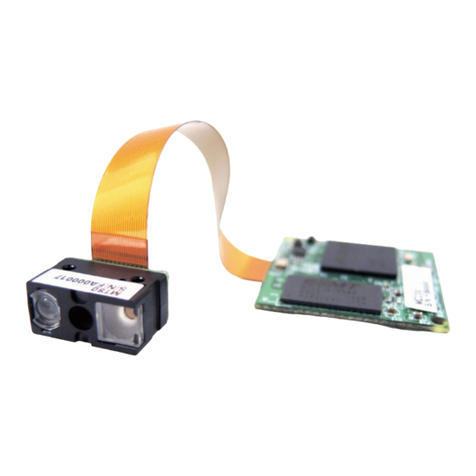MT80 2D Mini Imager+MTD20 Decoder Baord, Integration Guide, V0.7
___________________________________________________________________________________
The MT80 Mini Imager+MTD20 Decoder Board is designed for 1D Barcode and QR
Code scanning with easy integration. Due to its small size MT80+MTD20 is ideal for
integration into data terminals and other small mobile devices.
The MT80 Mini Imager consists of 1 illumination LED, 1 aimer LED and a high-quality
image sensor with a microprocessor on MTD20 Decoder Board that contains powerful
firmware to control all aspects of operations and enable communication with the host
system over the standard set of communication interfaces.
Two interfaces, UART & USB, are available. UART interface communicates with the
host system over TTL-level RS232 communication; USB interface emulates a USB
HID Keyboard device and communicates with the host system over USB.




























